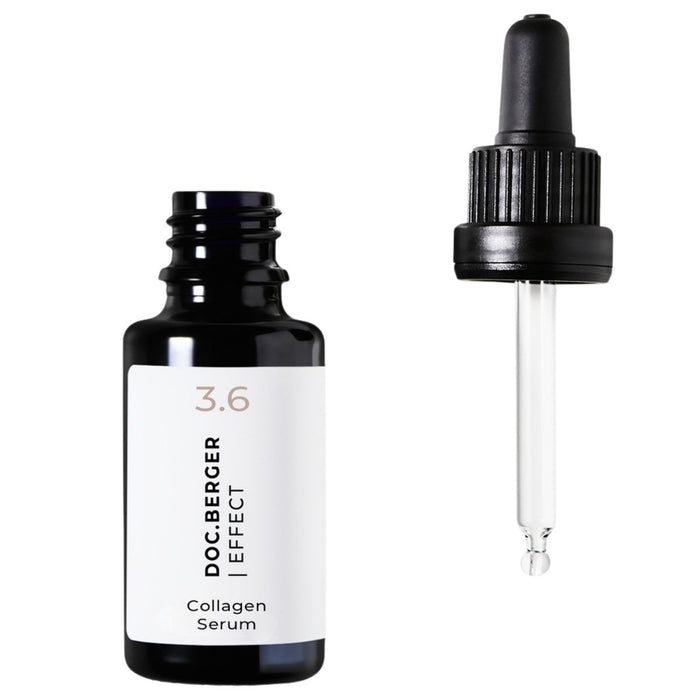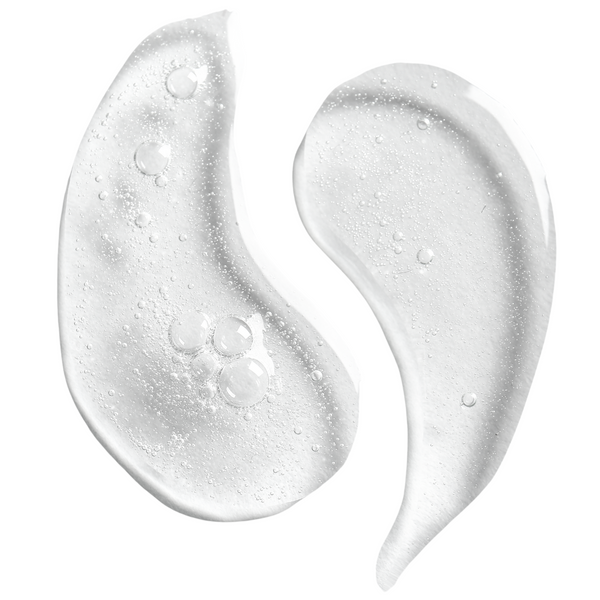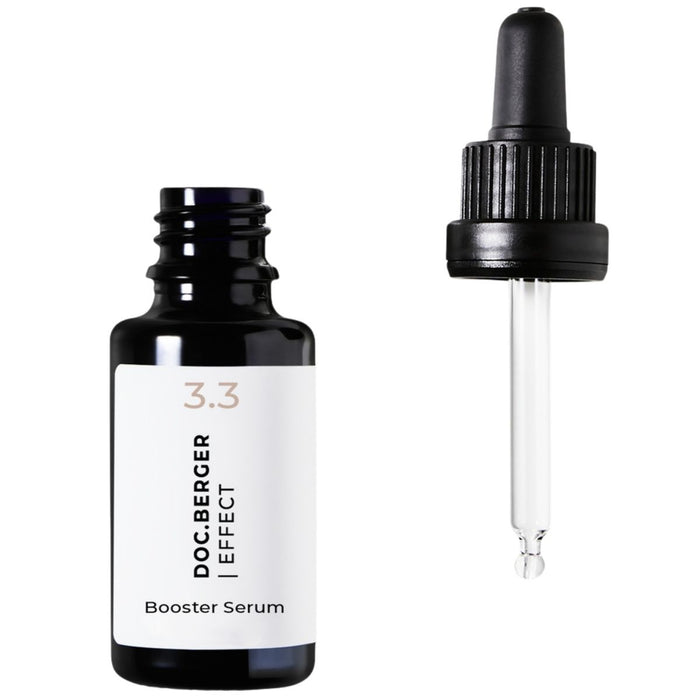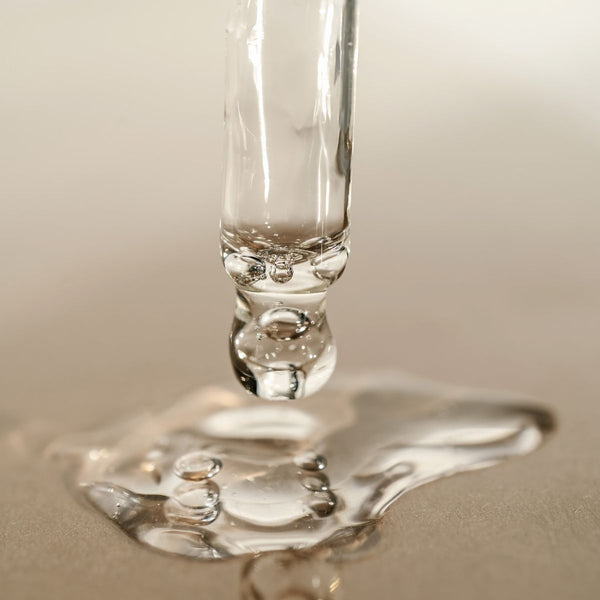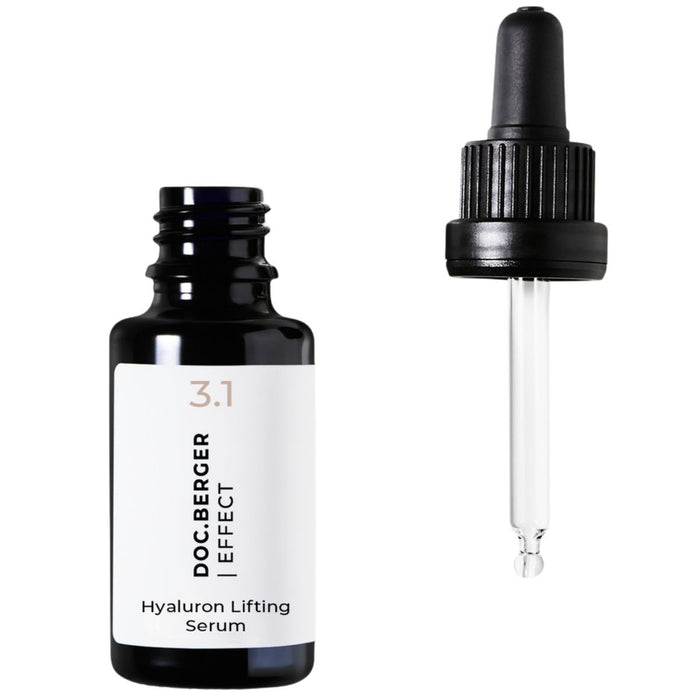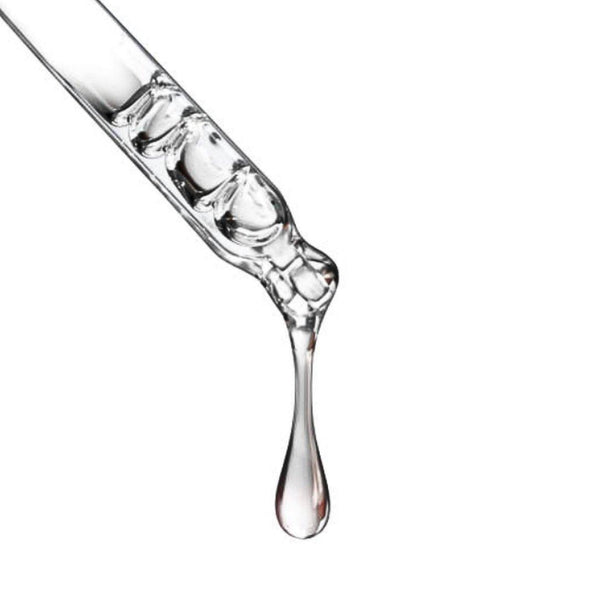How Does Dry Skin Develop – and When Does It Occur?
Dry skin is a common concern caused by various internal and external factors. It can appear at any age but becomes more frequent as we grow older. The main causes and when they typically appear include:
Natural Aging: As we age, the skin produces fewer natural oils and less moisture. Lipid production, which supports the skin barrier, decreases—resulting in moisture loss and increased dryness. From the mid-20s onward, the skin may gradually become drier, with more noticeable dryness developing between the ages of 30 and 40.
Climate Conditions: Cold weather, low humidity, and dry air can dehydrate the skin. Heating during the winter months reduces indoor humidity and further contributes to moisture loss.
Frequent Washing and Hot Showers: Washing the skin too often—especially with hot water—can strip away its natural oils and lead to dryness.
Inadequate Skincare: Using harsh cleansers or skipping moisturizers can impair the skin’s ability to retain moisture, making it feel dry, tight, or rough.

Rebalancing Dryness – How Does It Work?
There are several approaches to treating dry skin and maintaining its moisture:
Moisturizing Products: Using moisturizing skincare products is crucial for keeping the skin hydrated. Effective ingredients include:
- Hyaluronic Acid: Binds moisture and helps keep the skin hydrated and plump.
- Glycerin: A highly moisturizing ingredient that draws water into the skin and makes it supple.
- Ceramides: Strengthen the skin barrier and prevent moisture loss.
- Shea Butter: A rich moisturizer that nourishes and protects the skin.
- Collagen: Supports skin structure and promotes moisture retention.
- Urea: Binds moisture and improves the skin’s water-binding capacity.
- Tocopherol (Vitamin E): A strong antioxidant that protects the skin from free radicals and reduces inflammation, supporting the skin barrier and healing.
Gentle Cleansing: Use mild cleansers that do not strip the skin’s natural oils. Avoid hot water and opt for lukewarm temperatures for washing.
Regular Moisturizing: Apply moisturizers immediately after washing to lock in moisture.
Use a Humidifier: A humidifier can increase indoor humidity and help protect the skin from drying out.
Healthy Lifestyle: A balanced diet, drinking plenty of water, and avoiding smoking can help keep the skin healthy and hydrated.
Our Effective Products for Dry Skin
Effective Active Ingredients for Dry Skin
-
February 09 2024 – Dr. Luise Berger
HYALURONIC ACID
The main function of hyaluronic acid in skin care is hydration. It helps retain moisture in the skin, resulting in a reduction in fine lines and wrinkles and giving the...
Keep reading -
April 02 2024 – Dr. Luise Berger
GLYCOIN®
Glycoin® is an innovative ingredient in skincare that acts as a natural cell activator. This unique ingredient provides immediate and long-lasting hydration, lasting up to 8 hours after just one...
Keep reading -
February 27 2024 – Dr. Luise Berger
TOCOPHEROL
Tocopherol, better known as vitamin E, is a naturally occurring antioxidant found in many plant oils, nuts and green leafy vegetables. It is known for its skin-conditioning properties and its...
Keep reading -
April 22 2024 – Dr. Luise Berger
iACTIVE CERAMIDE
The ceramides EOP NS, NP, AS and AP contained in iActive Ceramide are part of the natural lipid layer of the stratum corneum, the outermost layer of the skin. Their...
Keep reading -
March 04 2024 – Dr. Luise Berger
SHEA BUTTER
Shea butter naturally regulates the skin's moisture balance and has an intense moisturizing effect. It strengthens the lipid barrier of the cornea, resulting in improved skin elasticity and a healthier...
Keep reading -
April 03 2024 – Dr. Luise Berger
UREA
Urea, also known as carbamide, is a key ingredient in skincare, especially valued for its moisture-binding properties. It is a natural substance found in the upper layers of the skin...
Keep reading




